Embroidery process is a partnership between an embroidery machine and an embroiderer. At most times, it’s a beautiful partnership, with wonderful stitch-perfect results and lots of creative satisfaction. At other times the situation isn’t so peachy any more. Today we’ll deal with one of such situations, and to be more precise – the time when embroidery machine won’t recognize, see or read the designs that you’ve been uploading onto it. Today’s article addresses the issue directly, offering possible solutions to various causes of such predicament. The tale will unfold according to the following plan:
1 Part:
Golden rule (a.k.a. how to correctly transfer a design into an embroidery machine, any machine to be more precise)
2 Part:
Why embroidery machines don’t read transferred designs: reasons
1 – Design problems
2 – Software problems
3 – Storage media (USB stick, flash card, compact memory card etc.) problems
4 – Embroidery machine problems
Now that we know what to expect from the article, let’s start with the first part
“Golden rule” or how to correctly transfer designs into an embroidery machine
An algorithm of design transfer is pretty simple:
Step 1 – a design (downloaded and saved on a computer) is uploaded to a correctly prepared storage media.
Step 2 – the storage media is attached to a machine.
Step 3 – a design is transferred from the storage media into the machine.
Before we proceed… If your machine doesn’t read the uploaded design, a mistake has been made at some of the steps. Now, the algorithm, employed in complete accordance to our Golden rule reduces occurrence of such mistakes to minimum.
Golden rule:
1 – Read the manual to your embroidery machine. The manual contains information on how transfer designs onto an embroidery machine. As we’ve said our Golden rule is a general guideline to the correct design transfer. Now, machines of various brands might have minor differences in the transfer layout, so to be sure that what you’re doing suits your machine in particular, always read the manual. If you’ve done everything according to the manual and the machine still doesn’t read the file, continue to the second step of the Golden rule protocol.
Why won’t my embroidery machine read a design
2 – Make sure that the storage device (USB stick, compact memory card etc.) complies with the demands of the manual.
2.1. One of the demands implies that all storage devices should be formatted in accordance with the file system of your embroidery machine. (The storage device is formatted in two cases: before its very first use and if there’s a problem with it. What this procedure does is that it creates a file system that your embroidery machine can understand. Later, when you’ll be uploading designs from a computer onto the device, you’ll be saving them in the folders, created by the machine. If you don’t, the machine won’t be able to read the designs.)
2.2. Another demand is concerned with the type of the storage device that you use. If the manual to your machine requires the use of compact memory cards, you should know their type. Compact memory cards for embroidery machines are CF-PCMCIA memory cards (CF cards). Such cards also require a PCMCIA card adaptor and a PCMCIA card reader. The adaptor is for the connection to the embroidery machine. The reader is needed to connect the card to the computer. If you use a laptop, chances are that it already has a PCMCIA slot. This means that you don’t need the reader.
3 – Make sure that the design was converted and saved correctly before you upload it onto the storage device. Correctly saved design complies with the following specifications:
~Embroidery starts at the center of the design. (Auto start and end setting is on, with the center coordinates being (X – 00,0 Y – 00,0). These specifications help the machine to estimate the size of the embroidery and choose the hoop. (If it doesn’t know the sizes, it might guide the needle to hit the hoop, which might result in the breakage of both. So, in order to prevent such a mishap, the machine just won’t read the design with “bad” settings.)
Why won’t my embroidery machine read a design
~Design’s positioned in accordance with the form of the hoop. Turn the design horizontally or vertically to fit into the hoop that it’ll be embroidered with.
~Correct measuring system is applied. Don’t confuse inches with millimeters when assessing the size of the design and applying it to the embroidery area of your machine. If you do, you’ll likely save the design with wrong settings. This in its turn will make the embroidery machine think it’s dealing with “bad design” and it won’t read it.
~The format of the design is set correctly. There’re various types of formats suitable for each particular embroidery machine. Read the manual to learn which one is suitable for yours.
~The embroidery machine model feature (in the setting menu of the software) is set correctly. Why this specification is important: Each embroidery machine has its own set of hoops. When converting designs from one format to another, the program does it in accordance with specific requirements of particular embroidery machine. It chooses the format, the hoop size etc. for the design, suitable for each particular model. Without the model feature, the program won’t be able to save the design in readable for the machine a way. For example some Janome models can read only .jef formats, while others only .jef+ formats.
~The design size (stitches, color changes) doesn’t exceed the maximum allotted to your embroidery machine. Read the manual. Each machine has its own limits and won’t read files exceeding these limits.
~The design’s name contains ONLY letters of the modern English alphabet and numbers (without any symbols and punctuation marks).
~The correct settings, that you’ve chosen, are applied and saved (in the program). Also, if you’ve been editing the design, before saving it, make sure that no part of it is highlighted.
4 – Make sure the design is saved in the correct folder on the device. When you format the storage device in the embroidery machine, it creates a specific folder for designs to be saved (My Designs, EMBF etc.). You should save designs ONLY in such folders; otherwise the machine won’t find them.
Now that the Golden rule protocol is given and explained, you should be able to transfer designs to your embroidery machine without making any mistakes. If, however, for some reason or another, issues occur, proceed to reading Part 2 of our article. Part 2 is concerned with identifying of reasons, which might have caused your machine inability to read the uploaded designs. Also, it provides solutions to the issues in question.
Why won’t my embroidery machine read a design
2 Part:
Why embroidery machines don’t read transferred designs: reasons
1 – Design problems
Before we dwell further into the issues that might be wrong with the design, we’d like to speak of why design problems should be looked into at first. Well, it’s pretty simple: the whole process of design transfer (the algorithm described at the beginning of the article) starts with the design. First you download it from the Internet, convert it, save it, store it on your computer etc. Only then do you transfer it into the machine. Thus, if there’s a problem with the result, the proper way to start the troubleshooting process is with checking of the very first step. That being said, let’s continue with the details:
~Your machine won’t read the design. Solution: first step is to check the correctness of all the setting parameters you applied. The center of the design should have coordinates (X – 00,0, Y – 00,0). The start of the embroidery should begin at the center of the design. The design should be correctly positioned in the hoop (horizontally and vertically.).
~Your machine won’t read the design because it has a too big amount of stitches or color changes. Solution: divide the design into parts. (The division is made on the color-change base. This means that you should divide the design into, say, two parts (two separate designs). First you’ll embroidery first half of colors, and then start the second design with the second half.
~Your machine won’t read the design if its size exceeds the maximum embroidery area. Solution: resize the design.
~Your machine won’t read a design, written in letters of a non-English alphabet. Solution: open it on your computer again and change the name. Don’t use any punctuation marks and diacritics (symbols like apostrophes, dots, accents and curves).
~Your machine won’t read a design because its format is wrong. Solution: open the design on your computer and convert it into the needed (correct) format. Make sure the lettering of the format is chosen correctly (upper and lower cases may play a role in the issue – e.g.: .JEF and .jef formats).
~Another thing to be taken into account is various versions of the same format. As the equipment evolves, formats, used for the equipment, evolve as well. New machines (of the same brand) might not be able to read formats of “previous generations”. If you think that this is the cause of the problem, open the design in one of the previous versions of your software and re-save it. Otherwise, update (upgrade) the software of the embroidery machine so that it could read newer formats.
~Your machine won’t read a design because it can’t find it on the storage device. Solution: save the design on the device again, making sure it’s in the correct folder (My designs, EMBF etc.)
~Your machine won’t read a design because it “thinks” the file is corrupted. Solution: format the storage device in the embroidery machine and only after that send new files into it. Make sure you upload only files that can be read by your machine (i.e. embroidery formats like .jef, .vip, .pes etc.) Don’t upload any files of other (non-embroidery) formats (like .jpg, .exp, .gif etc.). Also make sure you don’t overload your device with too many files.
2 – Software problems
These kinds of problems are connected to the software you use to convert, edit and transfer designs onto the storage device (and then into your machine). We need to note that the problems here are caused not by the problems themselves, but by the faulty or improper navigation and use of such software. As each software “handles” conversion, edition and other design-related operations differently, one might confuse or not take into account all the implied differences.
Why won’t my embroidery machine read a design
Example: When you download a design (which was created, edited and otherwise transformed in one type of software), chances are you’d use a different type of software to adapt it (to convert it) to your embroidery machine. Thus, all the previous settings get interfered with the new ones and, without proper “treatment” applied to the design, your machine won’t be able to read it.
Now that we’ve finished talking about the character of the problem in general, let’s see some particular examples.
~Your machine won’t read the design because its format is of an older (or newer) version. (We’ve mentioned the problem before in the “design problem” section. As software is part of both problem and solution, we think it’s important to mention it again here.) Solution: Download an older version of the editing software and convert the design once again.
~Your machine won’t read the design because, after you’ve converted it into the format you needed, its parameters became offset. Some types of software don’t offer specific parameters by proxy when it converts designs for particular embroidery machines. Solution: learn to navigate (use) the software to pinpoint differences in the editing (conversion) settings
One of the most common examples of such is “the hoop size feature” (Usually this “misunderstanding” happens when you use Wilcome Trusizer to convert a design to a .jef format. It happens not because the software is “bad”, but because some Janome models can’t select hoops on their own. An embroiderer should select it “manually”. Now, other embroidery machines, on the other hand, are capable of such a thing. So some types of software just “assume” that it converts a design for the so-to-say “capable” model and doesn’t pre-select the hoop-size parameter). As this feature is important for the machine, it won’t read a design with offset parameters.
Why won’t my embroidery machine read a design
Solution: (in particular for .jef formats) – convert designs into .jef formats with the help other types of software (e.g. Janome’s software, Embird etc.) As you do, don’t forget to set the model type feature and the hoop size feature too.
3 – Storage media (USB stick, flash card, compact memory card etc.) problems
Problems with the storage media can be caused either by mechanical defect of the device or the issues with its digital content. If there’s something wrong with the device mechanically (it’s physically broken) just get a new one. If there’s something wrong with its digital content (corrupted files etc.) first thing you need to do is to format the device in your embroidery machine. In most cases formatting USB sticks or compact memory cards is a universal solution to everything. However, what will you do if you upload a design to the machine from a “freshly” formatted device and the machine still won’t read the files? Further we give solutions to the most common problems with the storage media.
~Your machine won’t read a design from a storage device if it’s overly full. An embroidery machine has a relatively “slow” processor (yes, it’s computerized, but it’s still not a computer). So, if your device (be it a USB stick or a CF memory card) contains too many designs, the machine won’t be able to process all the data quickly or at all. Solution: consult the manual to learn how many designs at a time your machine can read. Then you’ll need to format the device and upload only the given amount of files.
~Some embroidery machines won’t read designs from a device with a too large memory capacity. Again, it just won’t be able to process the potential GBs of information. Solution: use devices of smaller capacity.
~An embroidery machine won’t read designs from a storage device if it “thinks” there’s a corrupted file in there. Solution: format the device and upload one design at a time.
~An embroidery machine won’t read designs from a storage device (or recognize it altogether) if it’s not compatible with the machine. Solution: read the manual to learn what types of storage devices you can use with your machine. Some machines “accept” only USB sticks, other – only CF-PCMCIA memory cards.
4 – Embroidery machine problems
Now we’ve come up to the final component of the design transfer algorithm – the embroidery machine itself. If your embroidery machine won’t read a design even after you’ve checked all the above mentioned parts, then it’s possible that there’s something wrong with the machine itself. As a rule, there’re three types of such problems: mechanical issues, old firmware and slow processor. Further we’ll dwell on the issues in detail, providing solutions to most common of them.
~An embroidery machine won’t read designs which it has read perfectly well only few weeks ago. You’ve checked all the settings of the designs, followed the Golden rule protocol to a T and still the design won’t show up. In this case, chances are, the firmware of your embroidery machine needs an update. Solution: You can go to the service center where professionals can install (upgrade) the firmware. Else, you can visit the support page of the official web-site of your manufacturer and get an upgrade there.
~An embroidery machine won’t read designs if there’re too many of them on the storage device. Its processor is simply unable to read huge amount of data at once. Solution: format the device and upload only 1-2 designs at a time.
~An embroidery machine won’t read designs from a device with a too large memory capacity. Solution: use devices of smaller capacity (1-2 GB).
~An embroidery machine won’t read designs or recognize the storage device altogether if there’s something wrong with its connecting port. Solution: Check the port (USB port). Sometimes all you’ll need to do is to clean it with a brush. If that won’t help, you’ll need to take the machine to a service center for a professional “check-up”.
Conclusion:
The information we’ve presented you with contains almost all possible reasons (and solutions) of issues, connected with embroidery machines not being able to read designs. Hopefully now, that you’ve read them all, you’ll be able to resolve the issue quicker and easier. To reduce the occurrence of such embroidery setbacks to minimum, you absolutely need to learn the manual to your embroidery machine. To that you also need to have good knowledge of the software you use for editing design. All of that being combined will ensure you enjoying embroidery process to the full. That being said, only thing that is left is us wishing you only smooth stitches and perfectly set-up alignments!
You mat also like
Scissors machine embroidery designs

Author: Ludmila Konovalova
My name is Ludmila Konovalova, and I lead Royal Present Embroidery. Embroidery for me is more than a profession; it is a legacy of my Ukrainian and Bulgarian heritage, where every woman in my family was a virtuoso in cross-stitch and smooth stitching. This art, passed down through generations, is part of my soul and a symbol of national pride.
Date: 14.12.2018
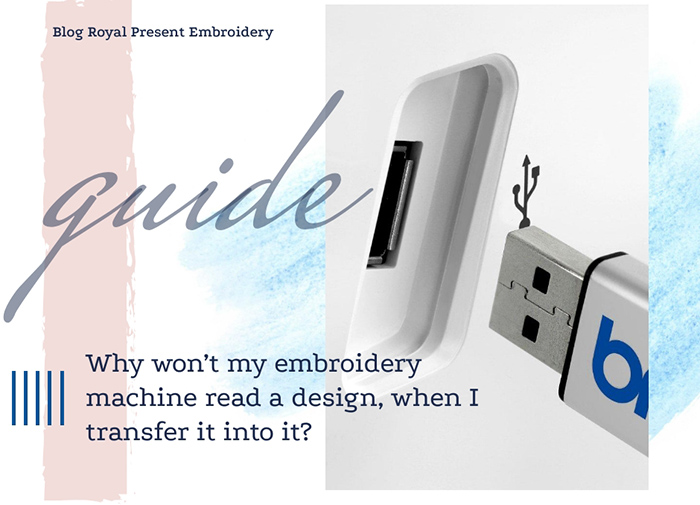
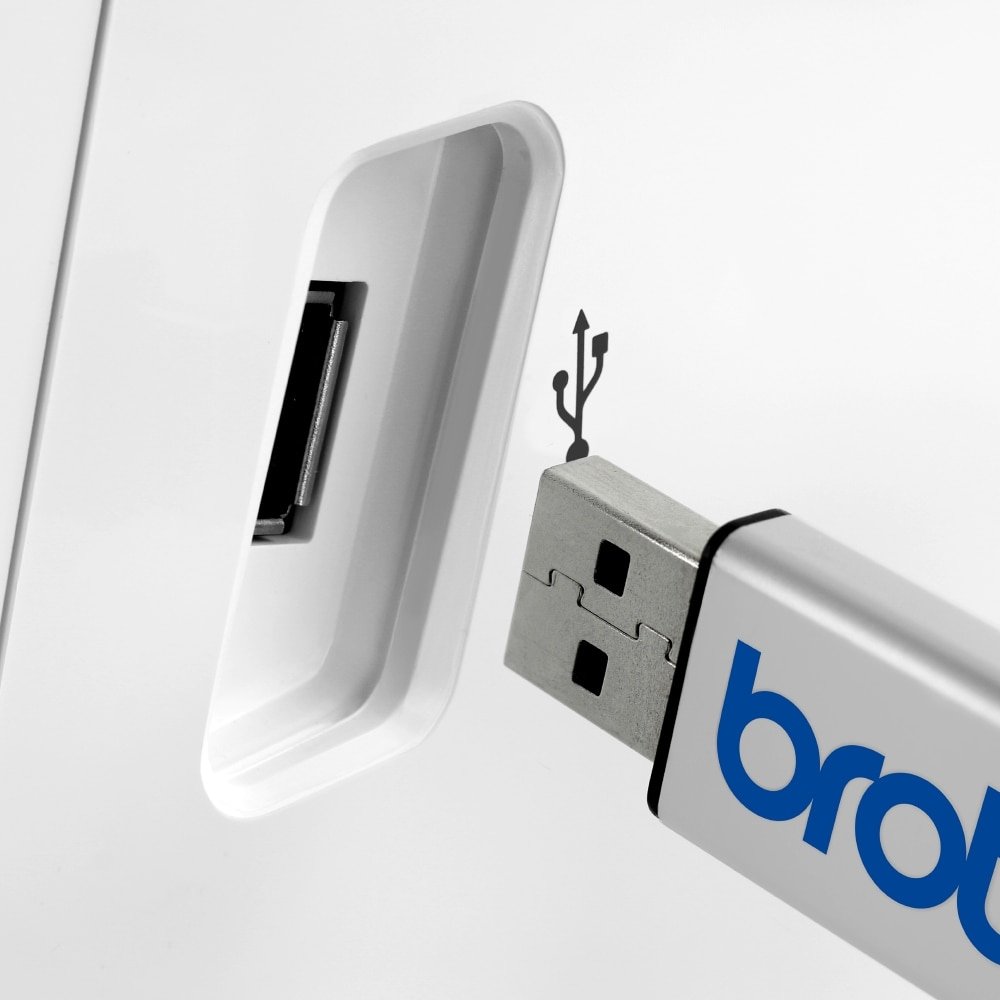
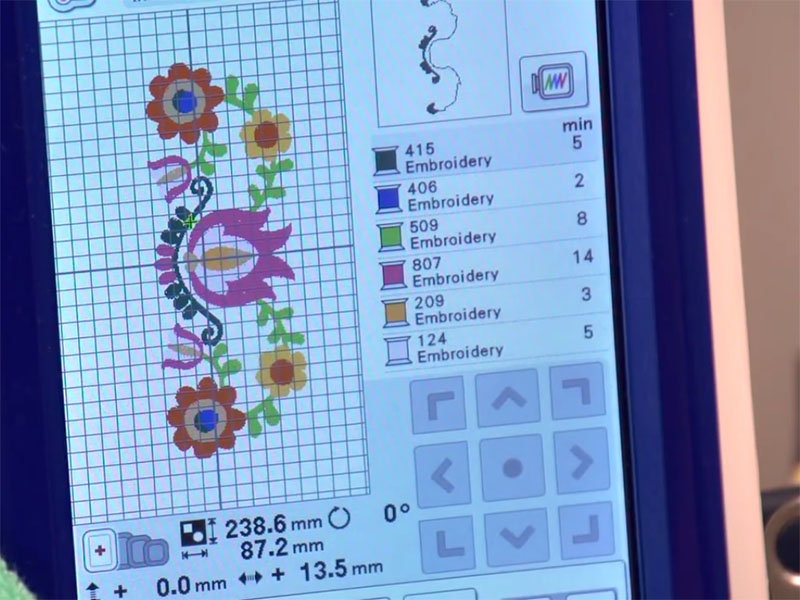
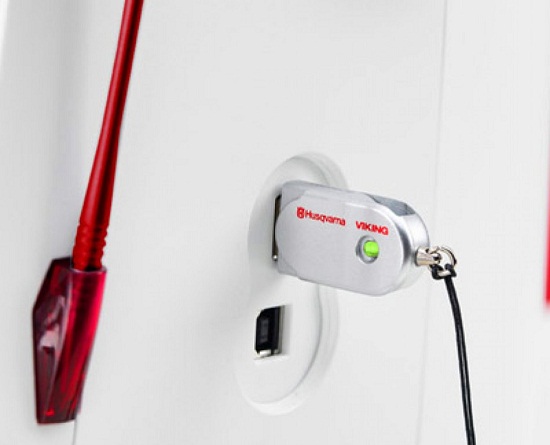
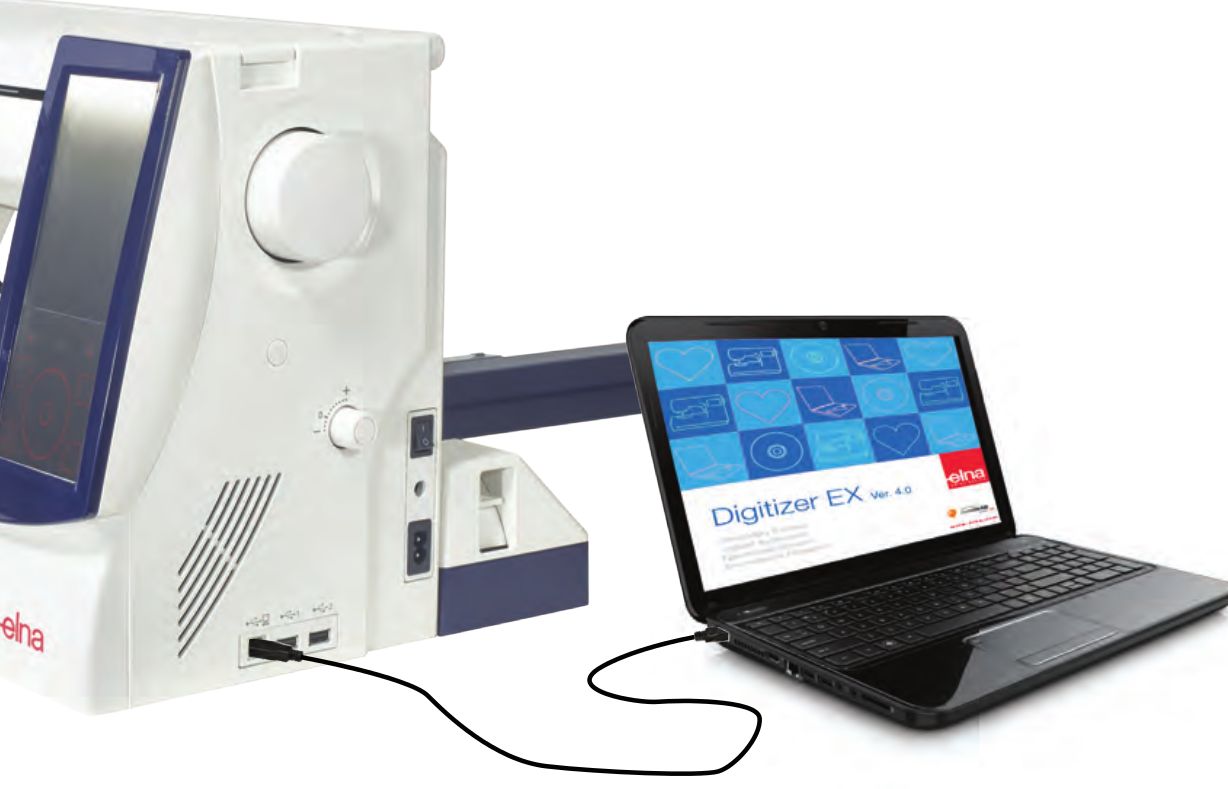
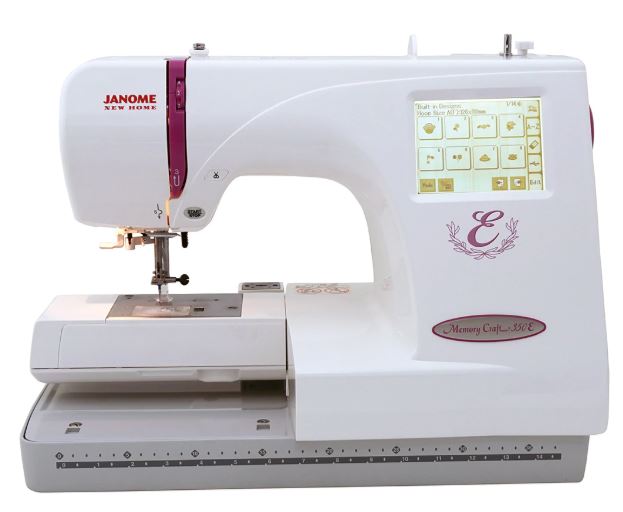



 Get Sign-In Link
Get Sign-In Link Login with Google
Login with Google Login with Facebook
Login with Facebook Login with Amazon
Login with Amazon Login with Paypal
Login with Paypal